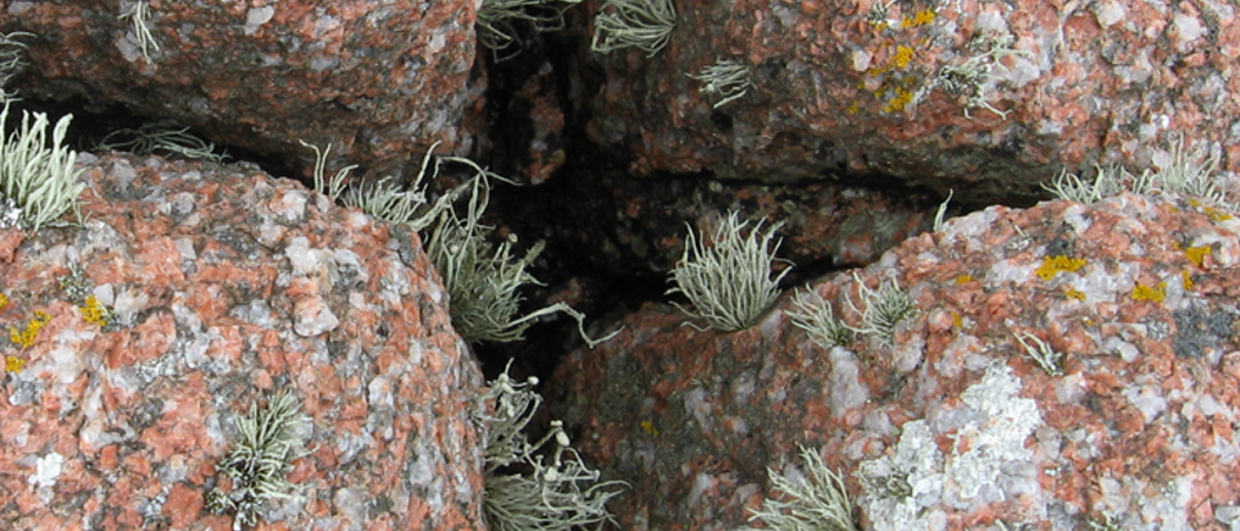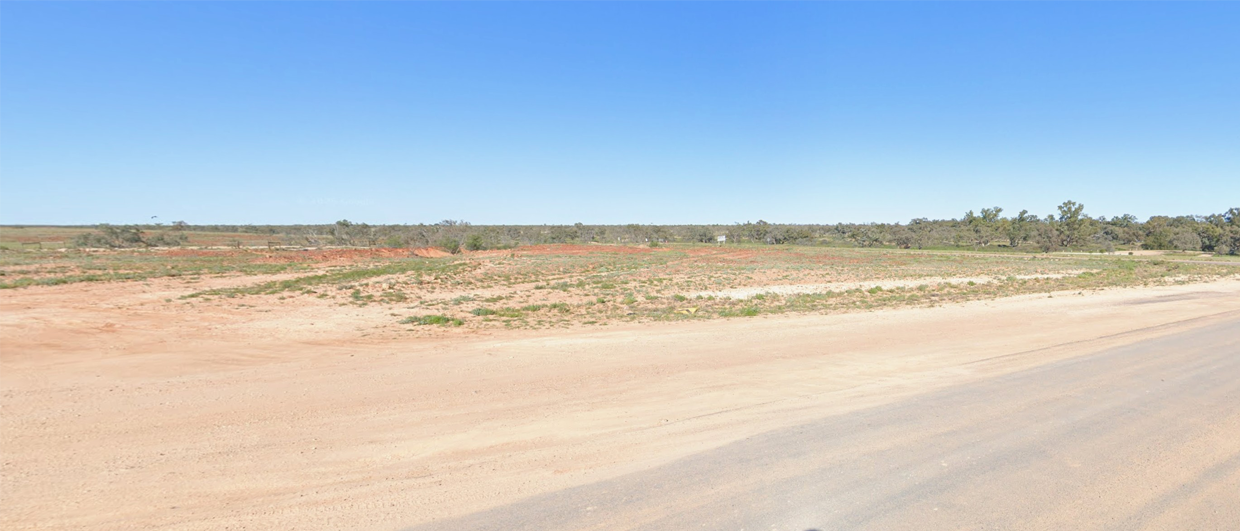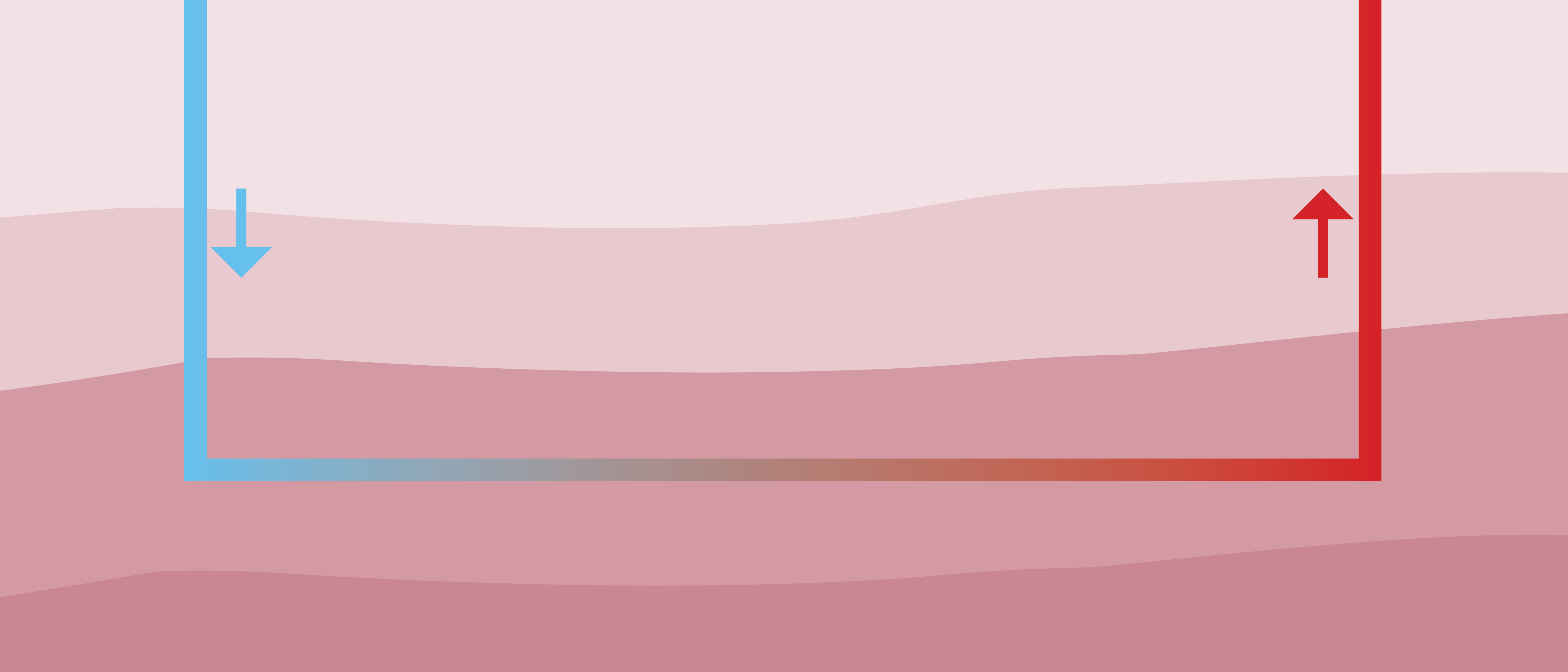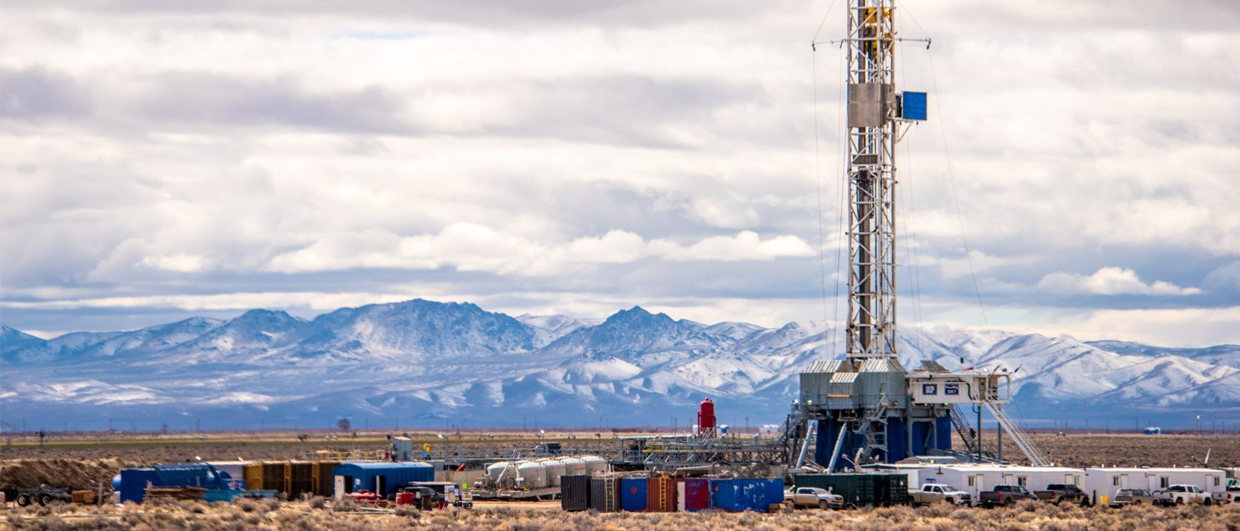The current energy situation, together with a favourable geological setting and recent technical advances, have put the Schwerin geothermal project back on the radar big time.
Schwerin, the capital of Mecklenburg-Vorpommern, is a medium-sized town in northern Germany, situated in the North German Basin. As in many places in this part of the world, district heating systems have been in operation for decades, providing a good starting point to benefit from local geothermal energy production.
Why is geothermal energy not being used more already? The large upfront investment, together with the exploration risks and maintenance costs have hindered the large-scale implementation of this energy resource to date, despite a range of pilot projects that have been carried out in the region over the years. Until recently, Germany’s energy policy has also meant that the import of cheap gas from Russia formed too much of a damper on developing local initiatives. That has now all changed.

GOOD PERMEABILITIES
Even though large upfront investments are still needed to drill the required boreholes, the economics of geothermal projects such as Schwerin have improved significantly. And the geology plays a role too.
In contrast to places like Hamburg, where a recently drilled geothermal well demonstrated that the Upper Triassic Rhaetian reservoir target did not live up to expectations – permeabilities were too low – the same Rhaetian reservoir displays much better characteristics in the Schwerin area.
The fluvial reservoir in Schwerin is not as deeply buried as in Hamburg (1,300 m versus 3,000 m) but with a porosity varying between 23 to 31% and a permeability of around 6 Darcy, the properties of the Rhaetian sandstone in this area are very promising.
Yet, careful mapping is required to drill wells in the right locations. Again, as recently shown by the Hamburg geothermal well, drilling outside the sandy fairway has detrimental effects on flow properties of the reservoir.
The Rhaetian reservoirs have been mapped across the entire North German Basin. Schwerin is situated in a genuine sweet spot; right beneath the perimeter of the town lies a complex of branching fluvial channels. It is these channels that generally show the best reservoir characteristics. As René Tilsen, who works for Schwerin City Council and is partly responsible for the geothermal project, stated: “We have a river beneath our feet.”
We have a river beneath our feet
René Tilsen, Schwerin City Council
The thickness of the individual sandstones, next to permeability, is another key factor in the success of a geothermal development. Of the six reservoirs known to occur in the Rhaetian, two were targeted in the subsurface of Schwerin. In general, a thickness of 15-20 m is required for individual sandstones to be a suitable candidate for development. With 35 m thick fluvial channels proven in the central parts of the system within one of the mapped successions, this prerequisite has also been met.

DRILLING SUCCESSFUL
So far, the first two wells for the geothermal project have successfully been drilled (Gt-S-6 and Gt-S-7). The 6 well will be the production well, the 7 well is going to be the injector.
In most of northern Germany, district heating systems operate at temperatures between 80°C and 130°C. As the produced temperature of the Triassic brines is only 55°C at Schwerin, until recently this prevented the full-scale implementation of geothermal energy. Heat pump technology was not able to boost the temperature to the desired level. However, recent technological advances in heat pump technology have meant that this is now feasible.
The heat pumps currently in operation in Schwerin have an output of 6.9 MW at full load, with 5.3 provided through the geothermal resource. This heats the district heating grid fluid from 55 to 80°C, while the brine is cooled from 55 to 20°C. Through connecting the heat pumps in series, the efficiency has been further improved, arriving at a coefficient of performance of approximately 4.35.
The aim is to supply between 75 to 80% of heat demand in Schwerin from its geothermal resource. To that end, the first doublet is aimed to be operational in the first quarter of 2023. To scale up to reach the desired output, a total of around 10 doublets will be required. In addition, 3D seismic will be needed such that the wells, which require a spacing of around 1,200 m, are placed in the most optimal configuration with respect to other doublets and the local geology.
When everything goes to plan, Schwerin can become an example of a successful geothermal project. All the ingredients thus far seem to be in place. And with plenty of potential across the North German Basin, there will now hopefully be momentum to expand the rollout of this concept to many more places across this part of the country.





